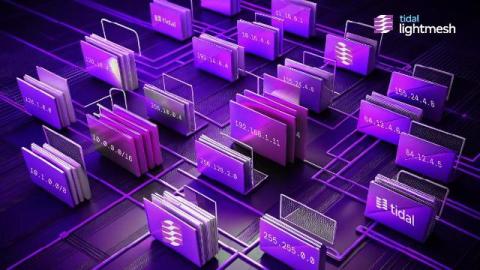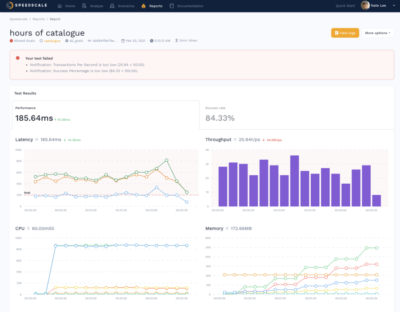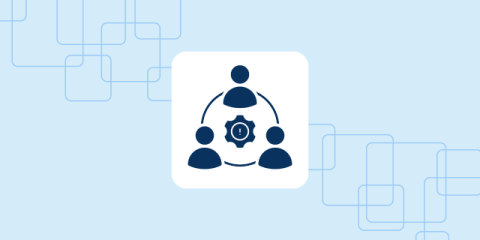Lasting Impressions and Technical Tidbits From AWS re:Invent 2024
AWS re:Invent 2024 has officially wrapped up, but not everything that happens in Vegas stays in Vegas. We're still gushing over the reception our booth team received from attendees—and we were excited to see even more organizations going all-in on application delivery and security. Naturally, AWS integration was a constant backdrop throughout the week as we showcased the HAProxy platform.











